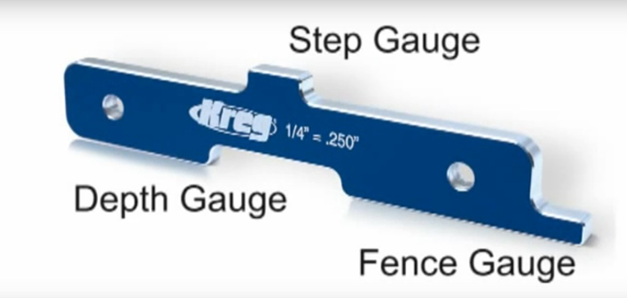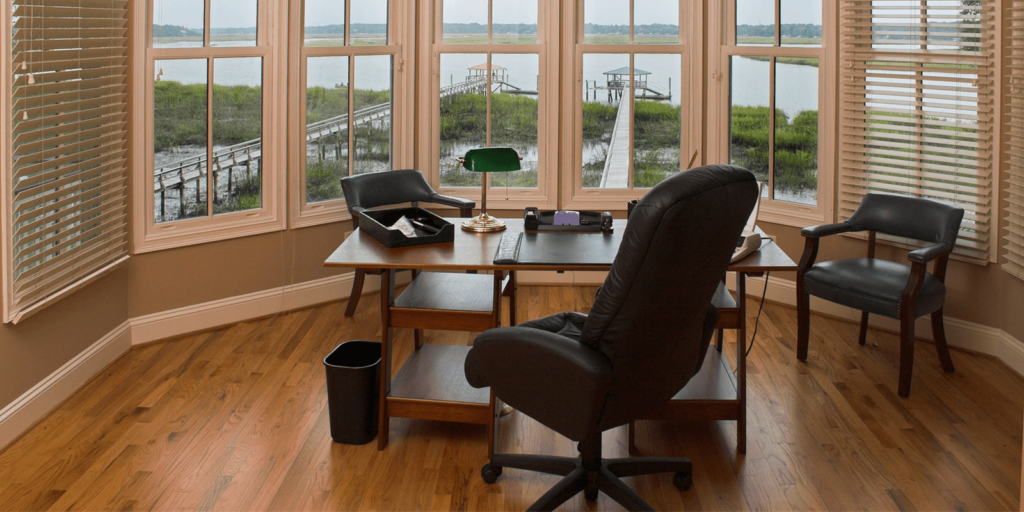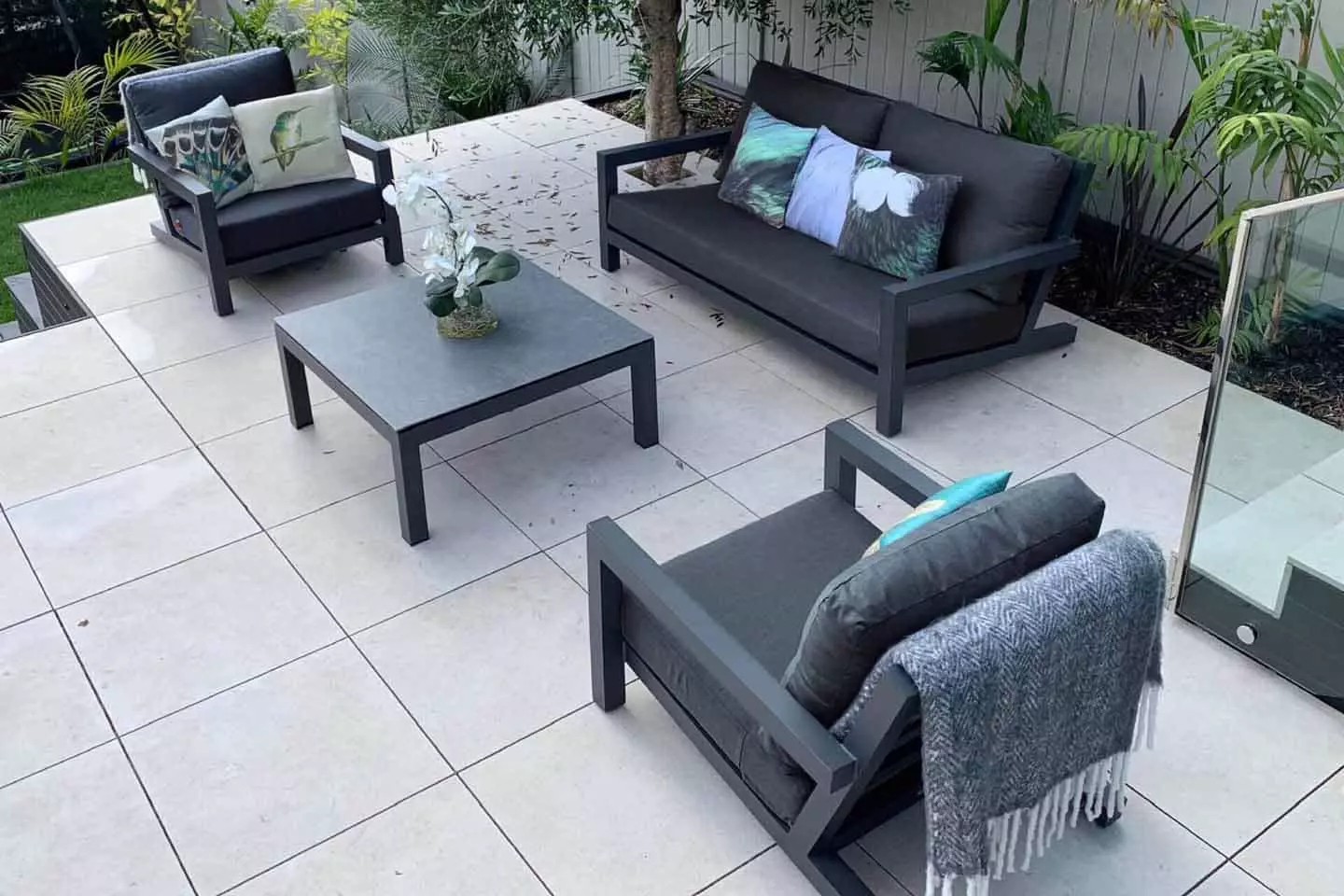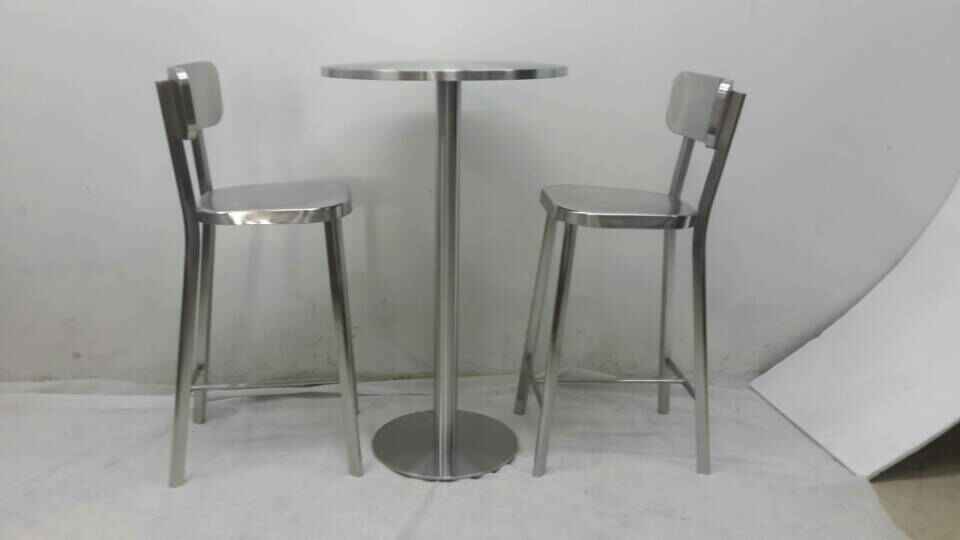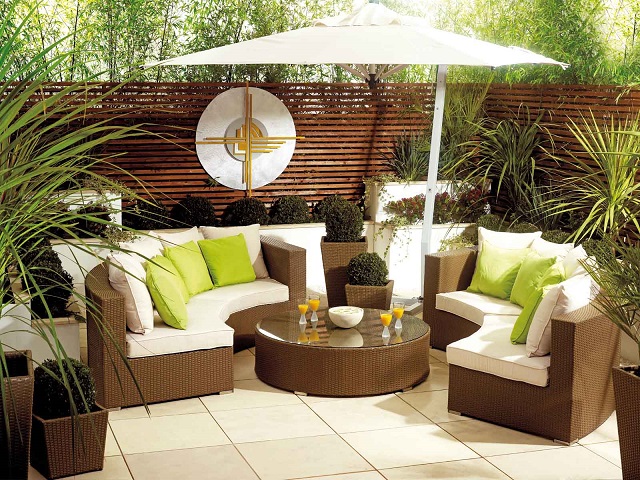Everything You Need to Know About Spindle Sanders
Some consider woodworking an art, others a profession and some even a hobby. But whichever way you look at woodworking, the truth is that it’s an ancient craft, with roots dating as back as 720 B.C. – one that allows you to benefit physically and mentally, while taking advantage of the technological advances of our modern era.
One of these signs of progress we’re talking about is the spindle sander. Essential in every small and large workshop, these machines can tackle specific projects, mainly curved ones, and change the way you work.
What Is a Spindle Sander?
Also called oscillating spindle sanders, these machines’ most remarkable feature is their cylindrical sanding drum, covered in gritty sandpaper, that sticks out of the middle of its tabletop. This drum has a very interesting quality – not only does it spin, but it also oscillates up and down, preventing burns and marks on the wood, increasing the life of the sandpaper and offering you a more polished and smooth result than other sanders.
There are a few different kinds of spindle sanders. You can check out the best ones on the market, at the moment, right here. Some are pretty big, – the stand-alone – don’t need a table to be set on and usually work with 8in (20cm) high and 4in (10cm) in diameter drums. Others are smaller and more easily stored and transported, but you do need a surface to place them while working. They are typically accompanied by 4in (10cm) tall and 2in (5cm) thick drums. Lastly, you’ve got some very convenient hand-held models, not suited for big commercial projects, but pretty capable of tackling small, complex pieces.
Some extra qualities you want to find in a quality sander include drum size variety, high-powered motors, and long-lasting endurance.
What Are They Good for?
These are pretty versatile tools, but they really excel in sanding curves and round shapes, like complex furniture or intricate pieces of art. Smoothing out saw marks and rough curved edges, as well as cutting inside holes becomes a child’s play to spindle sanders. Besides that, you can also straighten out edges pretty effortlessly and quickly, making them a jack of all trades. Considering all of its qualities, if you’re looking into renovating your home furniture or building one from scratch, owning a spindle sander might be one of the best decisions you make.

Tips on How to Use Them
Now, with a powered machine like this, there are some safety measures we strongly recommend following, like ear and eye protection, thick gloves and a fairly ventilated workspace. Even though you shouldn’t be afraid of it, it doesn’t hurt learning some tips on how to use it correctly:
- Don’t apply too much pressure on the piece. It’s better to do some light sanding for a longer period than a more aggressive one.
- Always go against the direction in which your drum is oscillating.
- Start by marking, with a pen, a line that limits the material you want to be removed, as it becomes easier to achieve more solid results.
- For the smallest curve on the piece at hand, select the largest drum and vice-versa.
- Keep moving the piece at all times. If you leave it, even for a little while, on the same spot you’ll get teeth on your edge.
- With long curves, don’t be afraid to use quick movements, as it creates better lines and a more polished result.
There is also a trick, used by many woodworkers, to sand straight edges. Start by cutting a hole, slightly larger than your drum, in a piece of wood, offsetting it to an edge, leaving an opening on one side. Then, place the wood with its hole over the spindle, clamp it to the table and you have a straight edge where you can slide your linear pieces.
Final Thoughts
There are some projects where you can use different types of sanders, making you decide on experience and overall feeling with the machine. But when talking about curved edges, there is only one answer – spindle sanders. Thanks for reading and be sure to leave your views about this topic in the comments below.

I am Scott Miller and my love is writing about home improvement. I write mostly about home ideas, but also share some tips and tricks that can make your life easier when it comes to getting things done in the house.





